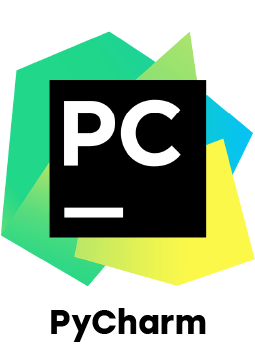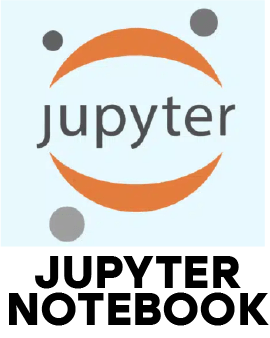1. What exactly is Python, and what makes it so popular?
Ans:
Python is high-level, general-purpose programming language known for its simplicity and readability. It is widely used for building websites, creating applications, automating tasks, analyzing data and more. One of the key reasons for Python popularity is clean syntax, which resembles plain English, making it easier for beginners to learn and for developers to write and maintain code effectively.
2. How is Python different from other programming languages?
Ans:
Python stands out because it emphasizes code readability and simplicity. It allows for development flexibility by supporting a variety of programming paradigms, such legal, functional and object-oriented programming. Python also comes with a vast library ecosystem, enabling developers to build applications faster without starting from scratch. Its ability to run on different platforms and ease of integration with other technologies adds to its uniqueness.
3. What is the difference between dynamic typing and static typing?
Ans:
Dynamic typing means that the programming language determines the type of a variable at the time the code runs, not when it is written. Python uses dynamic typing so you don’t need to specify data types while writing the code. On the other hand, static typing requires you to define variable types beforehand, which is common feature in languages like Java or C++. This difference affects how quickly and flexibly you can write code.
4. What are the common data types used in Python?
Ans:
Python includes several built-in data types to handle different types of information. These include integers and floats for numbers, strings for text, lists for ordered collections of items, tuples for fixed collections, sets for storing unique elements and booleans for true/false values. These data types help in organizing and processing data efficiently in various applications.
5. How is a list created and used in Python?
Ans:
A list in Python is a group of items that can be updated or modified after they are formed. It enables you to store several values, including names, numbers and other kinds of data, in a single variable. Lists are helpful for organizing the collections of items, particularly when you need to add, remove or change contents while a program is running.
6. What is a tuple and how is it different from a list?
Ans:
A tuple is similar to list in that it can store multiple items, but the key difference is tuples are immutable. This means once a tuple is created its contents cannot be changed. Tuples are perfect for storing fixed collections of values because they are usually employed in scenarios where the data should stay consistent and not be inadvertently changed.
7. How does a list differ from a tuple?
Ans:
The primary distinction between a tuple and a list is mutability. Because lists are mutable, you can add, remove or update items to change their content. Tuples, however they are immutable and cannot be altered once they are defined. This distinction makes lists more suitable for dynamic data and tuples more appropriate for data that must remain unchanged.
8. What is a dictionary in Python and how is it useful?
Ans:
A dictionary in Python is the collection that stores data in key-value pairs. Each key acts as a unique label to access its corresponding value. Dictionaries are helpful for managing related information and retrieving data quickly using keys, which is why they are commonly used in situations like storing student records, user profiles or configuration settings.
9. What types of inputs can be passed to functions in Python?
Ans:
Python supports various ways of passing inputs to functions such as positional arguments, keyword arguments, default arguments and variable-length arguments. This flexibility allows developers to design functions that can handle different kinds of inputs depending on the use case, making the code more adaptable and reusable.
10. What does object-oriented programming mean in Python?
Ans:
Object-oriented programming (OOP) in Python is method of organizing code by grouping related data and functions into objects. These objects are created using classes, which define the structure and behavior of the data. OOP supports ideas like encapsulation, inheritance and abstraction, which make programs simpler to comprehend, reuse and manage especially when working on major, complicated projects.





















